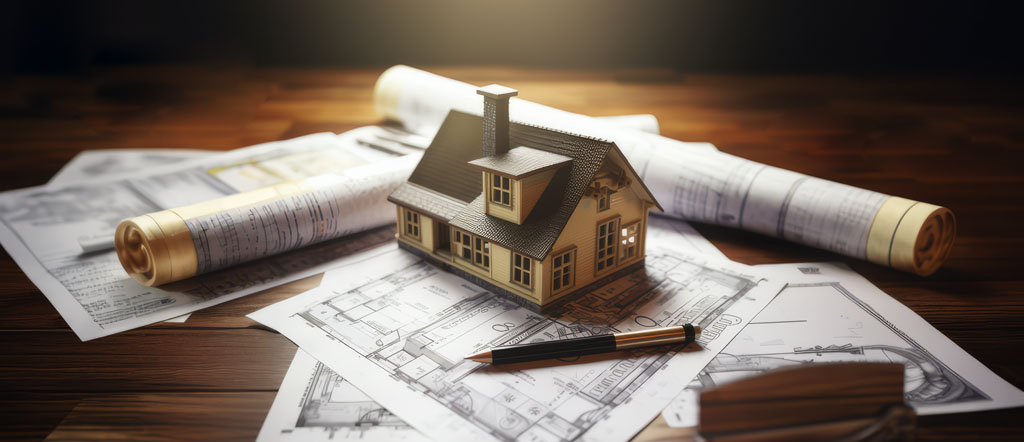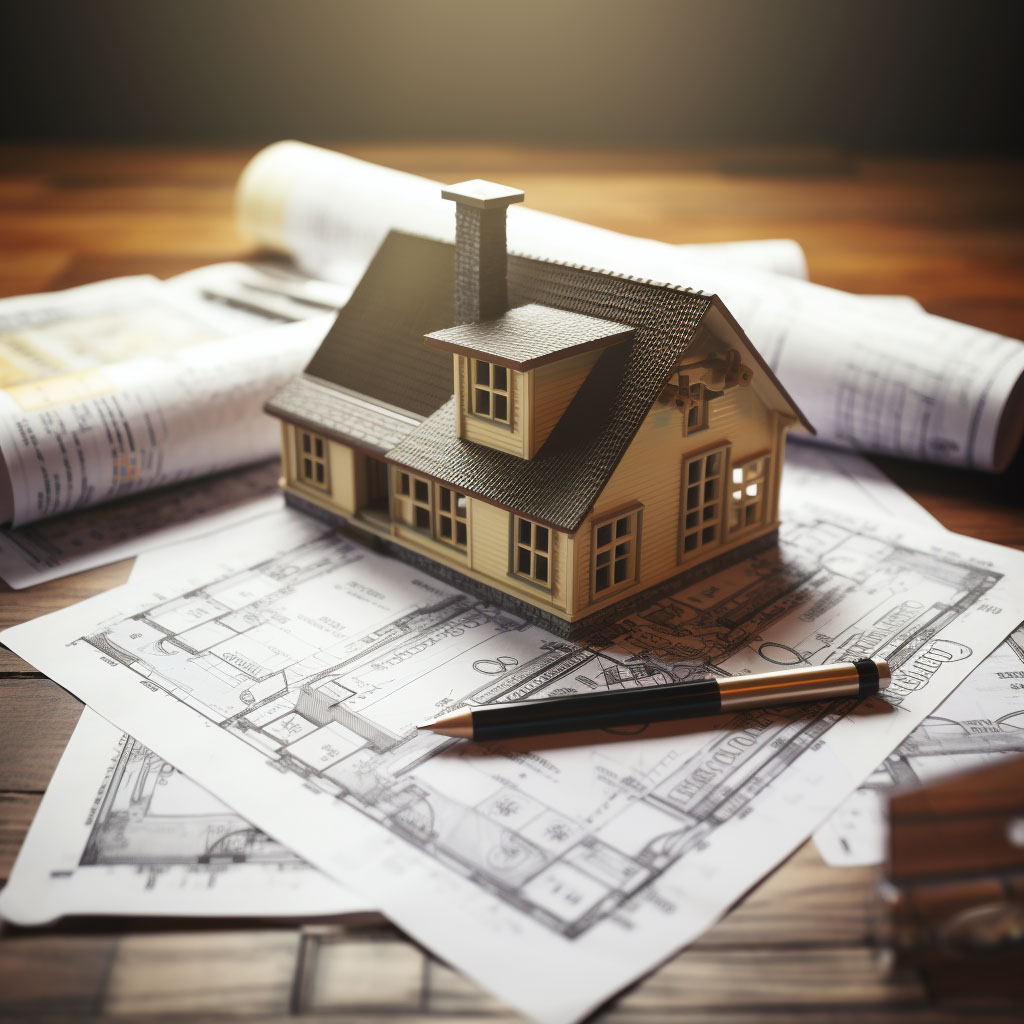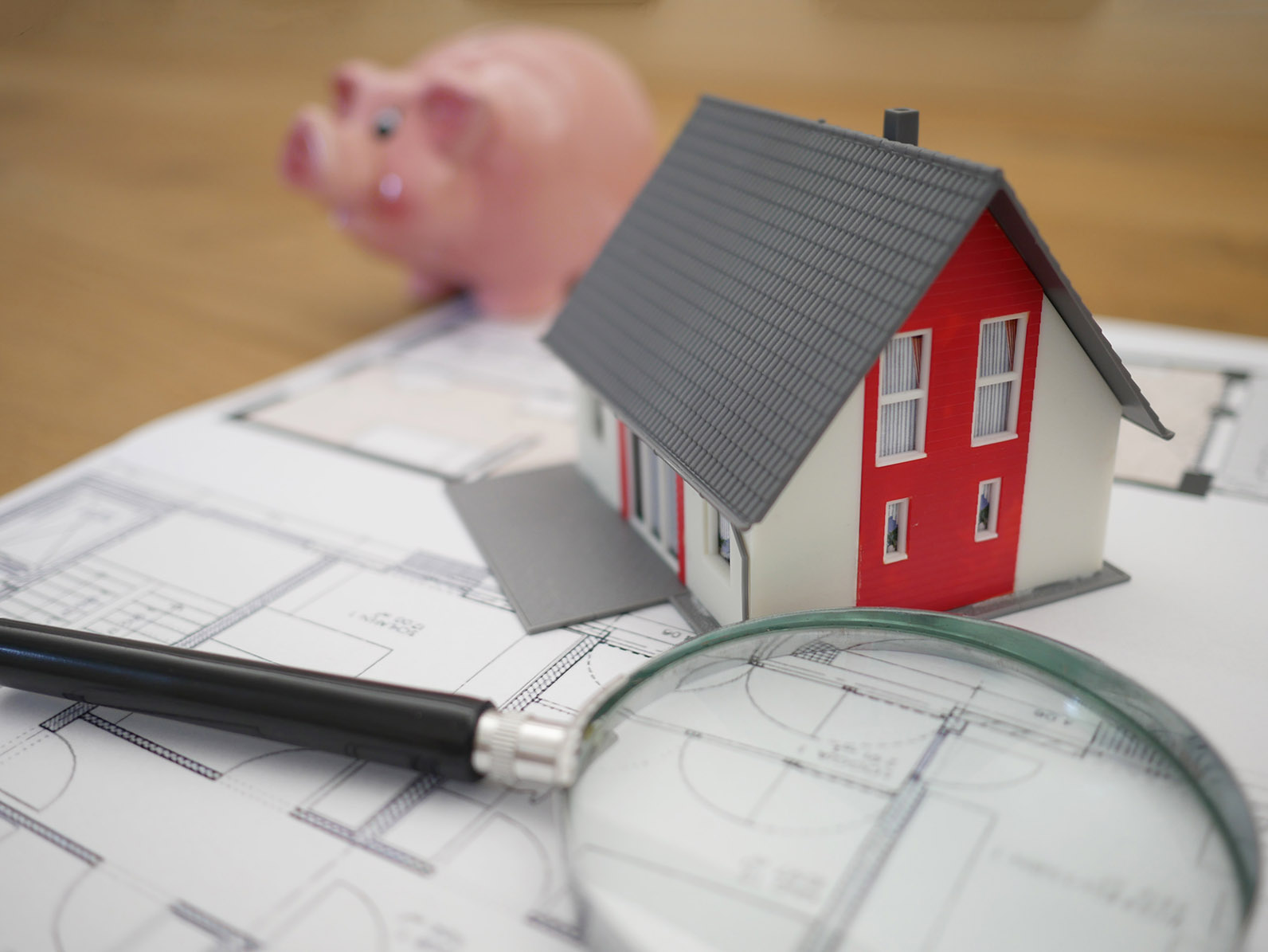You can find the best home improvement loan by shopping and comparing multiple lenders to get the most competitive rates, fees, and flexible repayment terms that fit your budget and borrowing needs.

Here’s a brief summary of how to find the best home improvement loan:
- Determine borrowing amount needed
- Compare interest rates and terms
- Look for low fees and flexible prepayment
- Shop lenders – banks, online, retailers
- Improve approval odds with good credit/income
- Check loan fits budget
- Apply with strong financial docs
- Read terms carefully before signing
The key is comparing multiple lender options to find competitive rates, reasonable fees, and flexibility. Having good credit and financials helps approval. Shop around, compare carefully, and borrow only what you need.

 Introduction
Introduction
Taking out a home improvement loan can be a great way to finance projects like a kitchen remodel, bathroom update, new roof, or replacing windows and doors. With the right loan, you can complete major upgrades to increase your home’s value without draining your savings. However, not all home improvement loans are created equal. Finding the best loan for your particular situation takes some research and comparison shopping. Use this guide to learn what to look for as you evaluate home improvement loan options.
 Determine How Much You Need to Borrow
Determine How Much You Need to Borrow
Before applying for loans, figure out exactly how much money you need to borrow to complete your intended project. Get contractor estimates and create a detailed budget that includes materials, labor, permit fees, and any related expenses. Factor in a 10-20% contingency fund for unforeseen costs. This will give you a target loan amount so you only borrow what you need.
 Compare Interest Rates and Terms
Compare Interest Rates and Terms
Interest rates and loan terms are key factors that vary significantly between lenders. Compare fixed and variable interest rates and pay close attention to associated fees. Also look at loan terms, which can range from 5-30 years. In general, shorter terms mean higher monthly payments but less interest paid over the life of the loan.
 Look for Low Fees
Look for Low Fees
Many lenders charge origination fees and other closing costs for home improvement loans. Ask potential lenders to disclose all fees upfront so you can accurately compare total costs. Aim for loans with low or no origination fees. Also look out for prepayment penalties, which are fees charged if you pay off a loan early.
 Check Prepayment Options
Check Prepayment Options
Look for loans that give you flexibility in repayment. Many will let you pay extra each month or make a lump sum payment to pay off the loan faster. This saves on interest and shortens the overall repayment period. Just make sure prepayments don’t incur any penalties.
 Compare Lenders
Compare Lenders
Shop and compare quotes from several types of lenders:
- Banks and credit unions
- Online lenders like LendingTree and Lightstream
- Home improvement store financing from Lowe’s or Home Depot
- Mortgage refinancing companies
- Home equity lenders
Online lenders sometimes offer the lowest rates, but local banks may be more flexible. Get multiple quotes and negotiate to find your best option.
 Tips for Getting Approved
Tips for Getting Approved
To improve your chances of getting approved, do the following when applying:
- Have a credit score over 700
- Provide proof of stable income
- Keep existing debt low
- Offer significant home equity if required
- Have a low debt-to-income (DTI) ratio
- Get a cosigner if your credit is limited
Preapproval can also demonstrate to sellers you’re a serious buyer.
 How to Apply
How to Apply
The loan application process is fairly simple. You’ll need to submit documents that verify your financial situation, including:
- Identification
- Proof of income
- Bank statements
- Tax returns
- Debts and assets
- Home value documentation
Many lenders allow you to start the process online. You can check rates, submit applications, and even e-sign loan documents without visiting a branch.

FAQ
You can typically borrow $1,000 to $200,000 or more for home improvements, depending on factors like your credit, income, and amount of home equity.
Common options include home equity loans, home equity lines of credit (HELOCs), cash-out mortgage refinancing, FHA 203(k) loans, and personal loans. Each have different rates, terms, and qualifications.
Most lenders look for a minimum credit score in the mid 600s, but you’ll get better rates with a score over 700. Having robust income and home equity also helps.
Shop national and local banks, credit unions, online lenders like LendingTree, and even home improvement retailers like Lowe’s or Home Depot.
Watch for origination fees, application fees, prepayment penalties, and high early repayment fees. Ask lenders to detail all costs.
Having a strong credit score, sufficient income and home equity, and low debt-to-income ratio will help you qualify for a competitive home improvement loan.
The interest rate and total interest paid depends on the loan type, term length, your credit score, and lender. Expect to pay anywhere from 3% to 18% APR. Shorter terms usually have lower rates.
Home equity loans and HELOCs can have terms up to 30 years. Personal loans typically max out at 5-7 years. The longer the term, the lower the monthly payment but higher total interest.
Renovation loans like the FHA 203(k) allow you to bundle the purchase price with improvement costs into one loan. This can be easier than coordinating separate financing. But the higher balance means more interest paid over the long run.
Not necessarily. FHA 203(k) loans guarantee reasonable fixed rates in line with standard mortgages. But any larger loan amount on a property could mean paying a slightly higher rate.
At a 6% rate over 15 years, the monthly payment would be around $400. Over 30 years, the payment drops to around $250. Exact payment depends on the rate, term length, and loan amount.
Unfortunately, the interest on personal loans and financing from retailers is not tax deductible. Only mortgage loans and HELOCs qualify for potential tax deduction of interest paid.

Useful Links
These lenders offer various home equity loans, HELOCs, personal loans, and more. You can get quotes, compare options, and apply online for financing to take care of your home improvement projects. Using website like nerdwallet can help you find the most up to date rates. https://www.nerdwallet.com/best/loans/personal-loans/personal-loans-home-improvement
- Lightstream – http://www.lightstream.com
- Upgrade – https://www.upgrade.com/
- Upstart – https://www.upstart.com/
- SoFi – https://www.sofi.com/
- LendingClub – https://www.lendingclub.com/
- Wells Fargo – https://www.wellsfargo.com/
- Discover – https://www.discover.com/
- Quicken Loans – https://www.quickenloans.com/
- LoanDepot – https://www.loandepot.com/
- Better.com – https://www.better.com/
- Citizens Bank – https://www.citizensbank.com/
- Bank of America – https://www.bankofamerica.com/
While home improvement projects are fun and exciting, they can cost a pretty penny. We’ve seen it all! The homeowner who’s on a roll with renovations but adds one light fixture too many and exceeds their budget. Or a small “face-lift” to a kitchen uncovers a larger, structural issue in the home. In any case, we want to be sure you know there are options to help make your remodeling visions a reality and help you move forward with confidence, even when cash is tight.
Check out what financing options are available with this rate comparison tool
Ready to get started on your next home renovation? Give us a call: (210) 535-1000



